AP Calc AB - Chapter 1
1/26
Earn XP
Description and Tags
Limits and Their Properties
Name | Mastery | Learn | Test | Matching | Spaced |
|---|
No study sessions yet.
27 Terms
An even function is…
symmetric w/ respect to y-axis like:
y=x²
y=cos x
y=|x|
f(-x)=f(x)
An odd function is…
symmetric w/ respect to origin like”
y=x³
y=sin x
y=tan x
f(-x)=-f(x)
Unit Circle
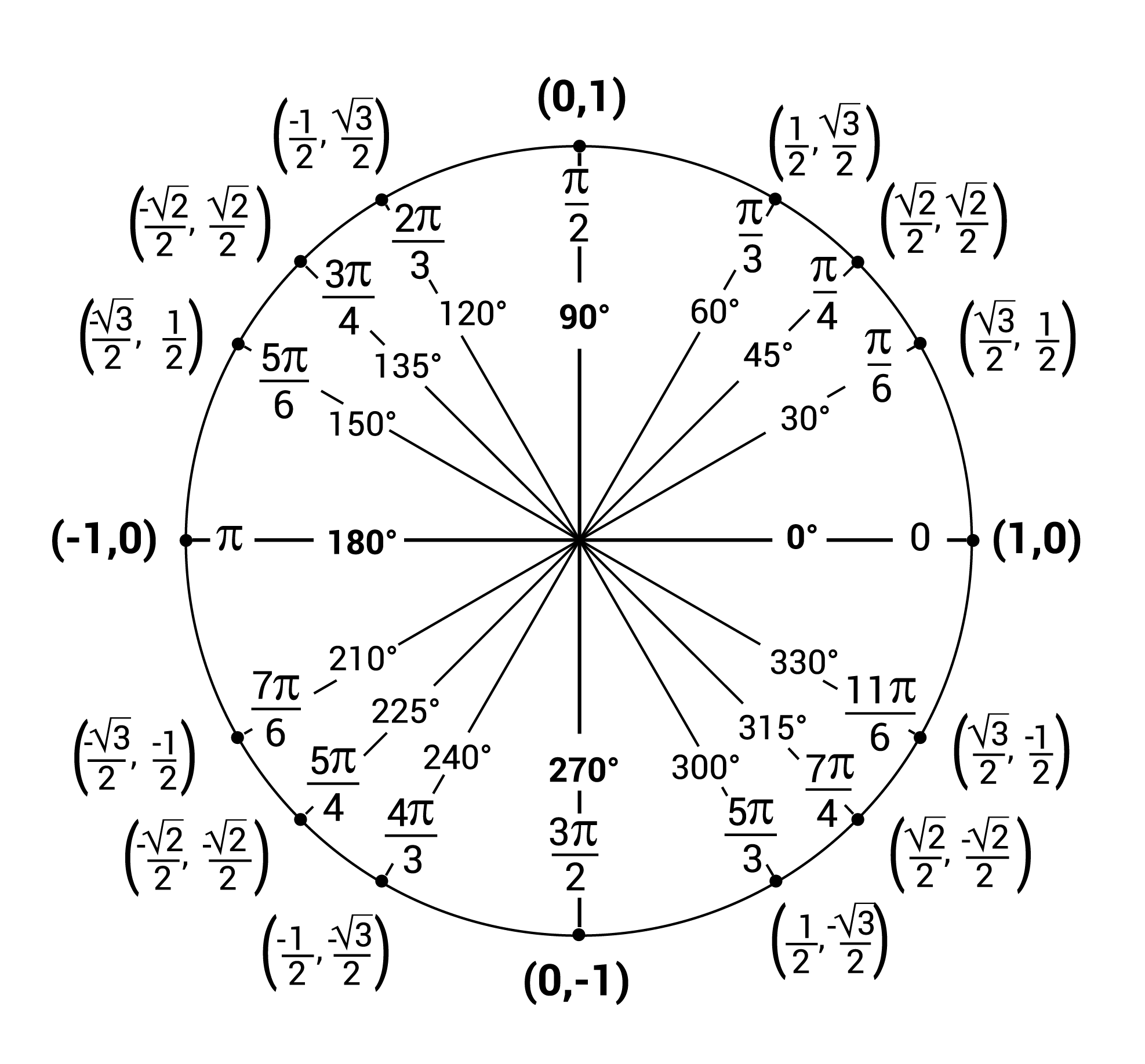
Point-slope form of linear equation
y - y1 = m(x - x1)
Ways to solve limits algebraically
Substitute directly
Factoring
Rationalize w/ conjugate
LCM
Apply trig identities for trig limits
Two Special Trig Limits
lim of sin x/x = 1 as x→0
lim of (1-cos x)/x = 0 as x→0
*lim of tan x/x = 1 as x→0
The Sanwich/Squeeze Theorem
If h(x) is less than or equal to f(x) which is less than or equal to g(x), all x in open interval containing c:
lim of h(x) = L = lim as x→x g(x) as x→c, then
lim of f(x) as x→c exists & = L
Continuity Test
Function f(x) is continuous at x = c if & only if it meets three conditions:
f(c) exists (c lies in domain f)
lim of f(x) as x→c exists (f has limit x→c)
lim of f(x) as x→c = f(c) (limit = function value)
Limits that DNE (do not exist)
lim of f(x) as x→c from the left is not equal to lim of f(x) as x→c from the right
f(x) goes up or down w/o bound
f(x) oscillates between two fixed values as x→c (shown in image)
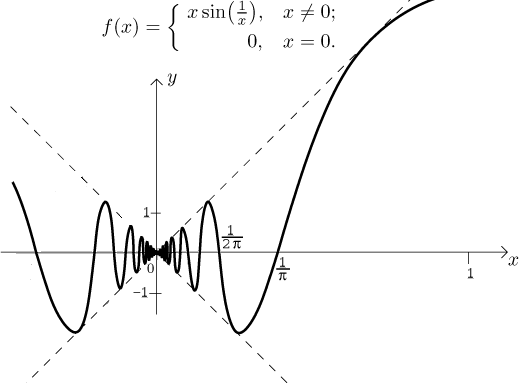
Types of Discontinuity
3 types:
Jump (nonremovable)
Infinite (nonremovable)
Point (removable)
Intermediate Value Theorem
Suppose f continuous on closed interval [a,b]. Let w be any number strictly between f(a) and f(b). Then there exists #c in (a,b) such that f(c)=w.
Identify if function’s continuous
Plug intervals into equation
See if f(c) is between f(a) and f(b)
![<p>Suppose f continuous on closed interval [a,b]. Let <em>w</em> be any number strictly between f(a) and f(b). Then there exists #c in (a,b) such that f(c)=<em>w. </em></p><ol><li><p>Identify if function’s continuous</p></li><li><p>Plug intervals into equation</p></li><li><p>See if f(c) is between f(a) and f(b)</p></li></ol>](https://knowt-user-attachments.s3.amazonaws.com/2288b9c1-e3aa-4c7d-a08a-e7405ee5491f.svg)
Limits Involving Infinity
2 types:
lim of f(x) as x→±infinity = #, infinity
lim of f(x) as x→c = infinity
Limits w/ Infinity Rules
y = ax^m/bx^n
Degree of numerator larger (m>n), no horizontal asymptote, limit of f(x) as x→±infinity = DNE (does not exist)
Denominator’s larger (m<n), horizontal asymptote: y=0, limit of f(x) as x→±infinity = 0
Degrees are the same (m=n), ratio between leading coefficients, lim of f(x) as x→±infinity = a/b
Graph of y=square root of x
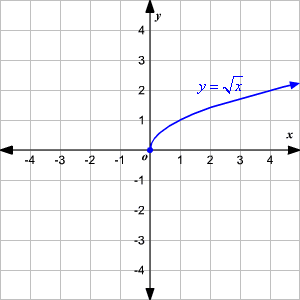
Graph of y=square root of 1-x²

Graph of y=|x|
*Absolute Value Function

Graph of y=ln x
*Natural Log Function
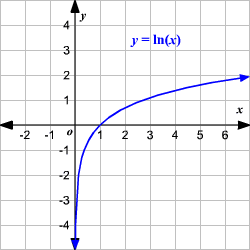
Graph of y=e^x
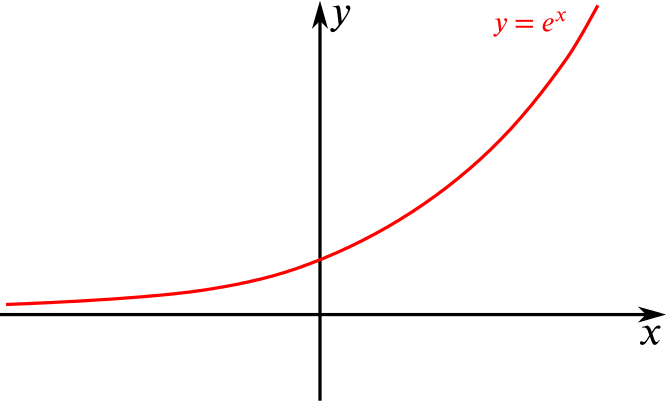
Graph of y=1/x
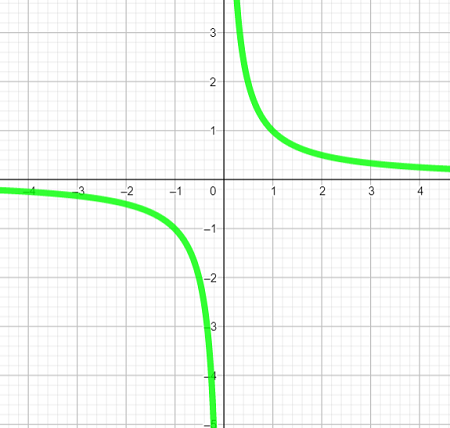
Graph of y=sec x
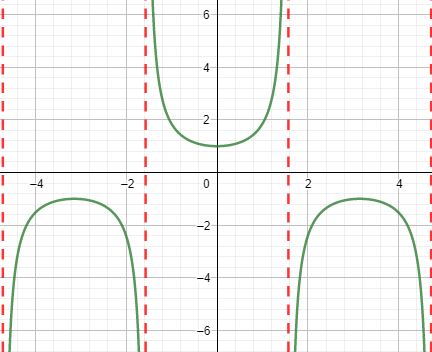
Graph of y=tan x
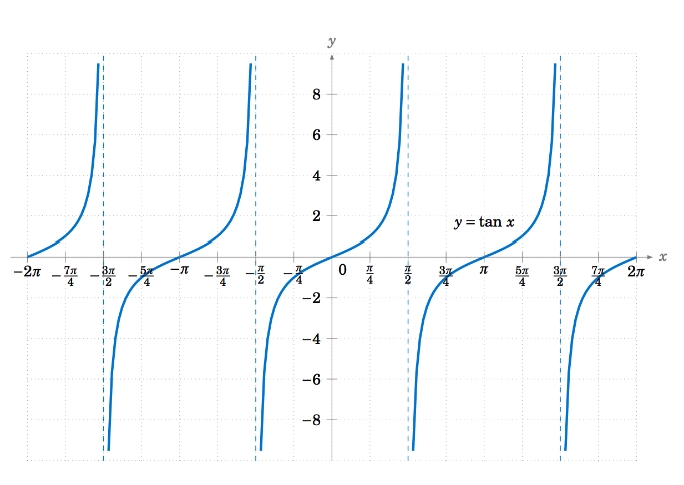
Graph of y=sin x
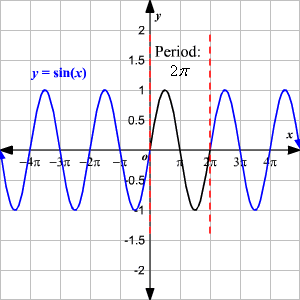
Graph of y=cos x
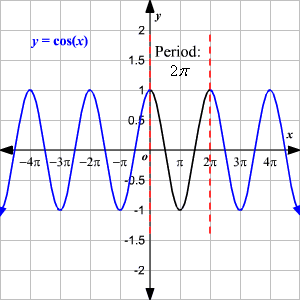
Graph of y=csc x
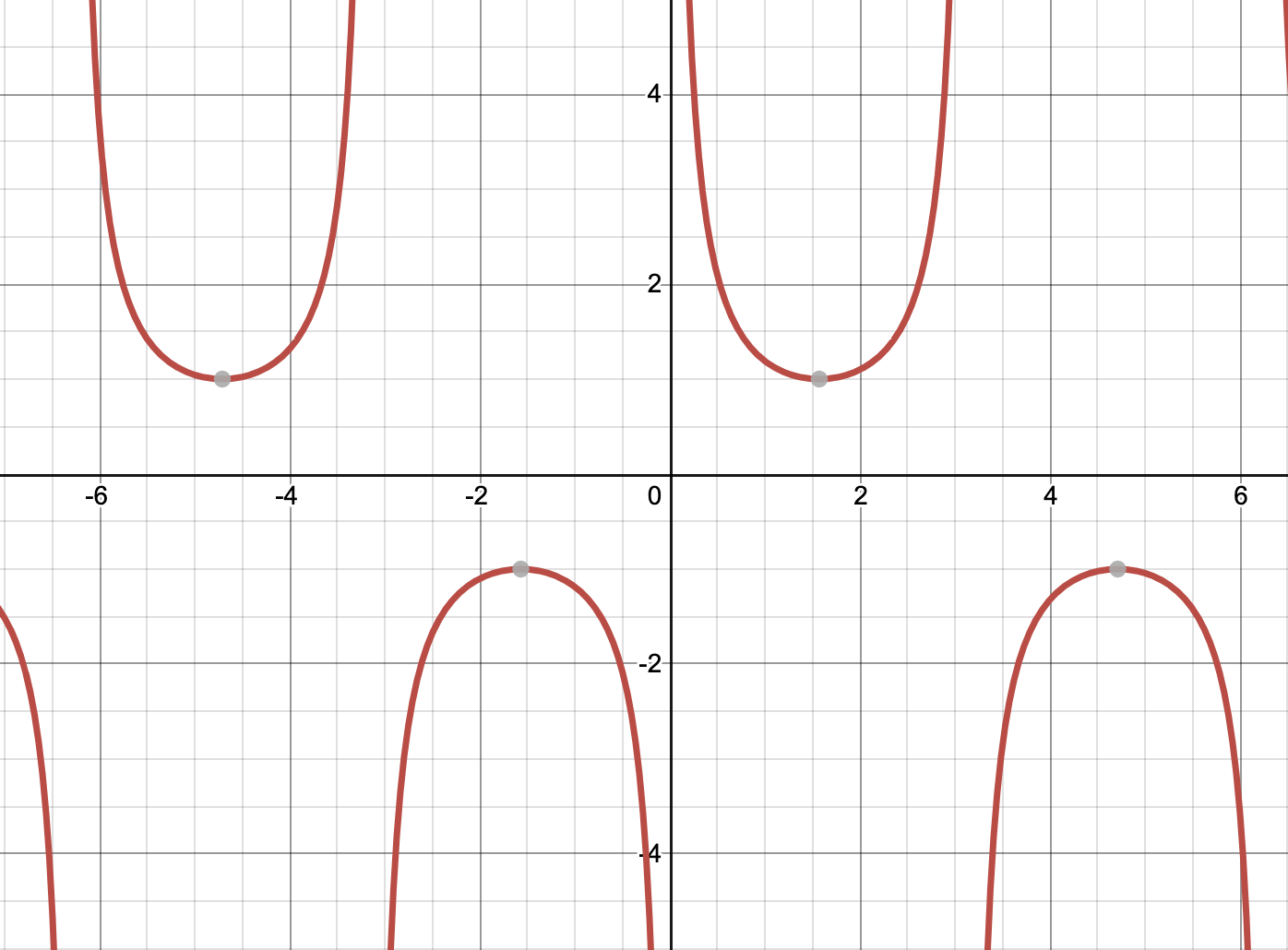
Graph of y=cot x
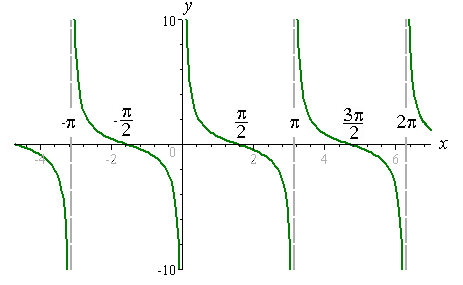
Graph of y=x³
*Cubic Function
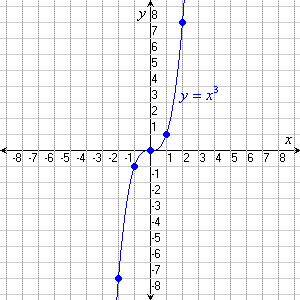
Greatest Integer Function
f(x) = [[x]]
![<p>f(x) = [[x]]</p>](https://knowt-user-attachments.s3.amazonaws.com/e68d9503-1daa-4059-af72-9941f43714f8.jpeg)